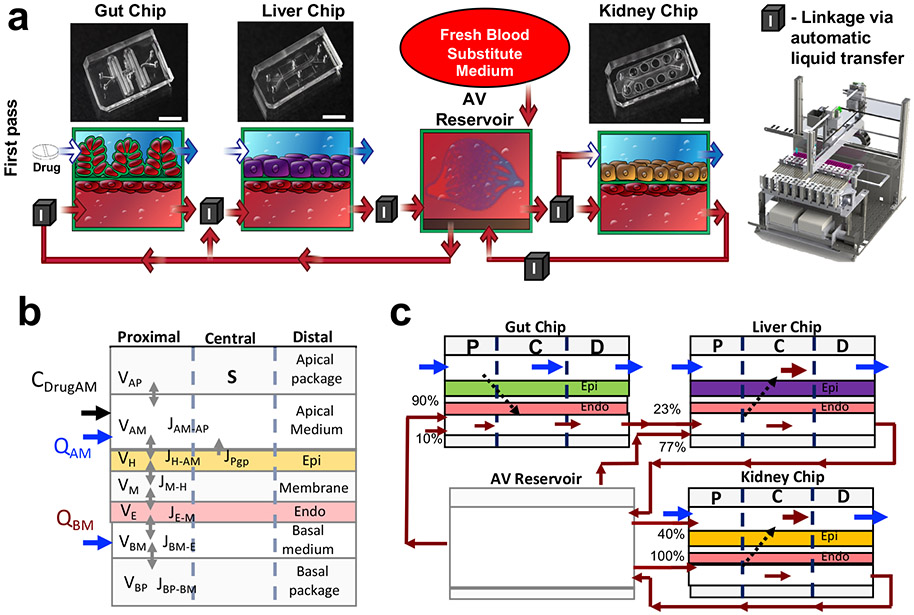Fig. 1. Development of a first pass multi-Organ Chip platform.
(a) Diagrammatic representations (bottom) of the Gut, Liver, and Kidney Chips containing apical parenchymal and basal vascular compartments separated by a porous matrix-coated membrane, as well as how they are fluidically linked to each other and to the AV Reservoir; photographs of the Organ Chips are shown at the top. Red arrows indicate medium flow path and direction; box with ‘I’ indicates sites where fluid was transferred by the automated liquid handling instrument between the AV Reservoir and input reservoirs of the channels of the different chips, as well as between the output and input reservoirs of different Chips. (b) Schematic of the multi-compartment reduced order (MCRO) in silico model of an individual Organ Chip. All organ chips have similar barrier configuration composed of horizontally stacked compartments with volume V shown schematically: Lower wall of the PDMS device (basal package), medium in the vascular channel (basal medium), endothelium (Endo), thin porous PDMS layer (membrane), epithelium (Epi), medical in the parenchymal channel (apical medium), and upper wall of the PDMS device (apical package). All organ devices are represented with similar mathematical equations based on drug mass balance in between the compartments, calculated for the drug flux J in between the compartments and Q, the volumetric medium flow to give the drug concentration C. Each organ device is further discretized into three axial zones (proximal, central, distal), creating a two-dimensional and less computationally demanding model to simulate a specific drug concentration over time. (c) Schematic of the first passage multi-Organ Chip linked system, where the organ-specific parenchymal epithelial cell layers of the Gut, Liver and Kidney Chips are represented by a drug-specific set of parameters for passive permeability, efflux, and metabolism determined experimentally in single Organ Chip studies and then calibrated for the linked Organ Chip platform. The direction of flow and the percentage of input flow distributions from other Organ Chips vs. the AV Reservoir are also indicated in the diagram.

